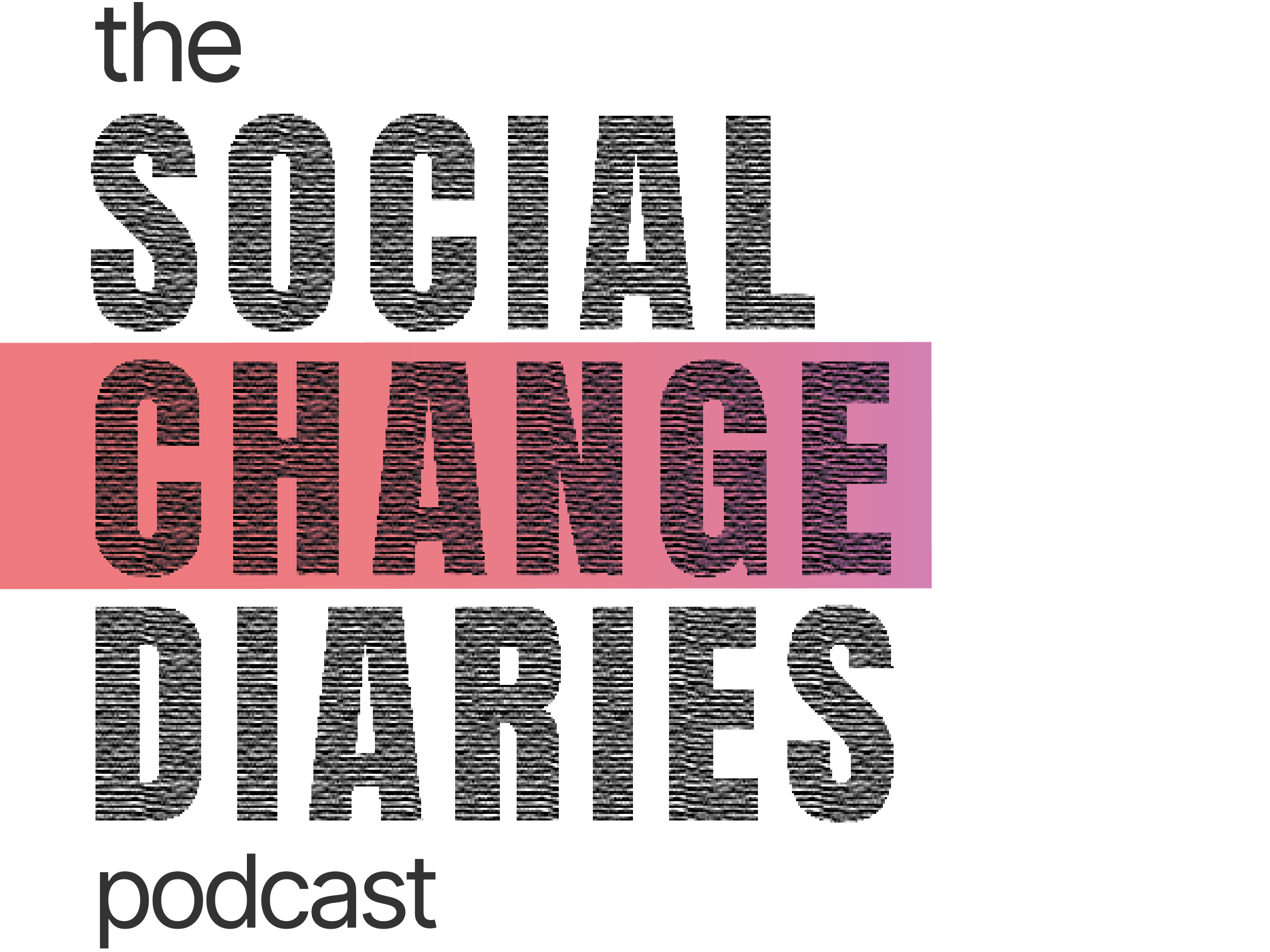Strategic communications for social change
The Wakeman Agency helps mission-driven causes and socially responsible companies leverage the power of strategic communications in pursuit of social change.
Learn how to build Narrative Resilience for your organization or sector.
➜ The Narrative Resilience Program
Communications is at the root of social change and that is why it is at the heart of everything we do. It is used to shape perception, influence policy, fundraise, engage with audiences, navigate crises and build a better future. Our service offerings leverage communications strategically for the social change sector.
Click through the boxes below to learn more about our Service Offerings:
Check out our article featured on the Candid blog
Tune in to our podcast, the Social Changes Diaries. In conversation with our guests, we explore pivotal aspects of the social change sector through the lens of communications. Listen Here →

Work in Action
Discover how our unique capabilities and methodologies create impact and ignite action.
Launching Quiet Campaigns in Authoritarian Times
United Way of New York City (UWNYC)
Increasingly today, effective communications are using identity and culture to reach more audience members.
Contact us to explore how our strategic communications offerings can amplify your organization’s work.

